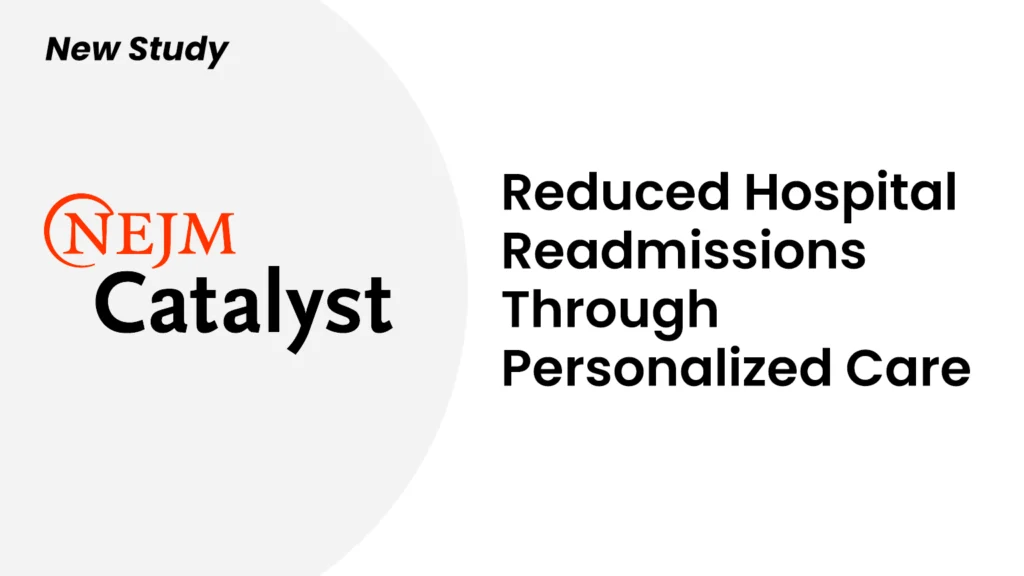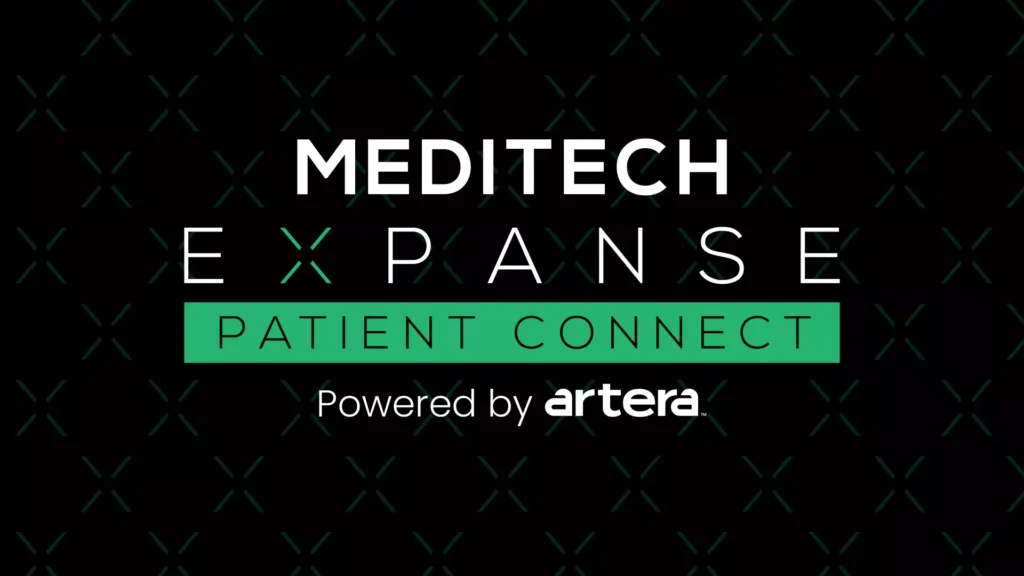Patient communication today extends far beyond simple appointment reminders. The landscape requires a sophisticated approach to patient interaction, utilizing unique and complex communication workflows to align to various stages within a patient’s journey. This adaptation is not only essential for enhancing patient experiences but also for operational efficiency and competitive advantage among providers.
At Artera Heartbeat’24, Artera CFO Tom McIntyre led a panel on this topic, exploring innovative workflows and unique approaches to next-level patient communication with numerous panelists. In this blog, learn about the extraordinary use cases our customers have deployed, and how these strategies can be applied in your own health system.
Rethinking Patient Communication
Moving Beyond Appointment Reminders
Traditionally, patient communication has been limited to basic, one-way appointment reminders. However, with the rise of digital tools and an increasing demand for personalized care, patient communication has—and must—continue to evolve. Elements like conversational messaging, personalized care instructions, and interactive engagement options are now part of modern communication.
By upgrading patient communication strategies, providers can better meet patient expectations and improve overall satisfaction. This transition requires adopting new technologies and innovative workflows tailored to specific patient needs.
The Role of Complex Workflows
Providers now recognize the importance of unique communication pathways that cater to niche patient groups. These pathways involve multi-channel approaches, integrating text messaging, emails, phone calls and direct engagement through portals.
These complex systems ensure that patients receive timely and relevant information that aligns with where they’re at in their healthcare journey. By creating tailored communication pathways, providers can address individual patient preferences and needs, fostering stronger relationships and improving engagement.
Future-Proofing Communication Workflows
To stay ahead of the curve, providers should lean into technological advancements, incorporating AI-driven solutions, predictive analytics and automations to streamline processes.
Such future-proofed workflows enable healthcare providers to deliver efficient and effective communication, ultimately improving patient outcomes and delivering ROI to their organizations.
Deploying Unique Workflows
Leverage Pulse Outreach to Improve the Patient Experience
One industry leader in the panel explained a recent implementation of “micro-campaigns” at his respective organization that has transformed its patient communication strategy, focusing on outreach to specific patient groups and delivering personalized messages that meet individual needs.
For example, his organization now sends updates to patients nearing discharge, ensuring they have all necessary information before leaving the facility (two days before the expected discharge date). This proactive approach reduces patient anxiety and improves discharge readiness, leading to smoother transitions and higher satisfaction rates. They will soon start to use Artera Pulse Outreach to automate this whole process. “Instead of manually calling these patients, why not just have a campaign that runs and sends this to them at 11 a.m. two days before the discharge?” the panelist said.
Unleash the Power of Conversational Messaging
Another panelist, Jake Taylor from University Health Kansas City, shared his experience ramping up with Artera. While his organization started off slow with the platform, the team wanted to “keep communication simple” – now, they have started to embrace more of the human element with automation and conversational messaging, starting with its self-rescheduling text pilot. “We’re going to ask a patient if they’re going to be able to make it. If they can’t make it, we’re going to let them reschedule right there within the text message, presenting the next three available slots for that combination of appointment type and provider,” said Taylor.
By allowing patients to reschedule appointments via text message, the organization hopes it will significantly reduce missed appointments and improve patient convenience. This workflow will streamline the scheduling process, reducing administrative burdens and empowering patients to take control of their healthcare schedules.
“We’ve been live for just over a year now, and we’re at the point where we’re really starting to layer in the human element to our messaging. We tailor each message – while keeping it as simple as possible – so as not to overburden our patients.” – Jake Taylor, University Health Kansas City
Send Strategic Surveys for Greater Insights
Understanding the patient experience is at the heart of Children’s Wisconsin’s patient communication strategy. By deploying strategic surveys immediately after scheduling, the organization gathers valuable insights into patient perceptions and satisfaction – before the visit, not just after.
These surveys help identify pain points in the patient experience, allowing Children’s Wisconsin to make informed adjustments to their workflows. The data-driven approach ensures that patient communication is continuously refined to meet evolving needs. A few of the insights included: patients don’t like channel switching or repeating information.
“Specifically, we wanted to know what their scheduling experience was with us, so we implemented what we call our “customer ease score survey.” It is a two question survey that we ask our families immediately after scheduling, and comes 15 minutes after they get their instant booking message. It gives us feedback and insights into how easy it was to schedule, offering them a five-point scale to rank from,” said Miles.
Enhance Conversational Messaging to Reduce Patient Friction
The final panelist at a large enterprise health system has harnessed the power of conversational messaging to enhance patient engagement. “We’re highly focused on removing patient friction, because if we make things easy for the patients, it also improves our staff efficiency – that’s why we’ve been pushing conversational messaging, especially in our appointment reminder workflows.” With a deep EHR integration, the panelist is also excited that patients can easily confirm, reschedule or cancel appointments via conversational messaging.
This approach reduces no-show rates and increases appointment availability, optimizing slot utilization. Conversational messaging also fosters a sense of connection between patients and providers, strengthening the patient-provider relationship.
The Benefits of Next-Level Patient Communication
Improved Patient Satisfaction
Implementing advanced communication strategies enhances patient satisfaction by providing timely, personalized, and relevant information. Patients feel more engaged and valued, leading to higher satisfaction scores and increased loyalty.
Reduced Operational Burdens
Automated workflows and innovative communication pathways alleviate administrative tasks, freeing up staff to focus on patient care. This efficiency not only reduces costs but also improves the overall quality of healthcare services.
Enhanced Patient Outcomes
Effective communication is key to achieving positive patient outcomes. By keeping patients informed and involved in their care, providers can improve adherence to treatment plans and reduce the likelihood of complications.
Strengthened Provider-Patient Relationships
Developing trust and rapport through effective communication – including through the use of Branded Messaging – fosters stronger relationships between providers and patients. This connection encourages patients to actively participate in their healthcare decisions and enhances overall care experiences. The more trust and familiarity you establish with that communication source, the more likely you are to get the action you want out of the patient. You’ll get more click-throughs and the patients will be more comfortable with the number.
Conclusion
Next-level patient communication is no longer a luxury but a necessity in today’s healthcare environment. By adopting innovative communication pathways and workflows, healthcare providers can enhance patient experiences, improve outcomes, and strengthen provider-patient relationships.
Whether you’re looking to implement micro-campaigns, automate scheduling or integrate conversational messaging, the insights and strategies shared by our panelists offer valuable guidance for healthcare professionals. By prioritizing effective communication, you’ll pave the way for a more connected, efficient and patient-centered healthcare future.
For further exploration and resources on modern patient communication, consider booking a demo with us to learn more.



